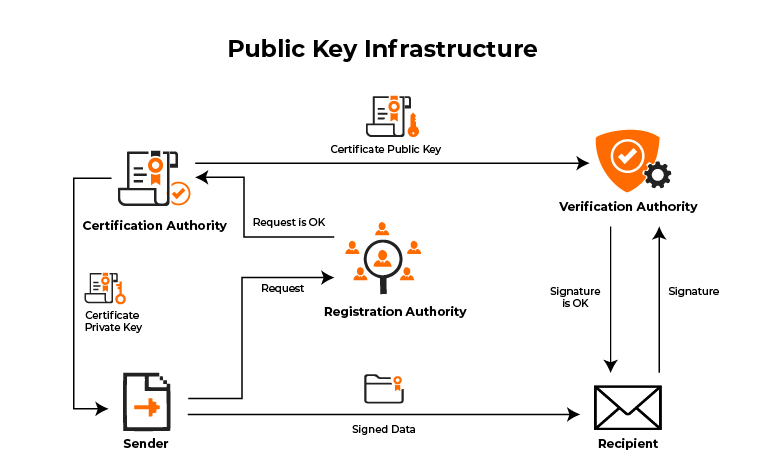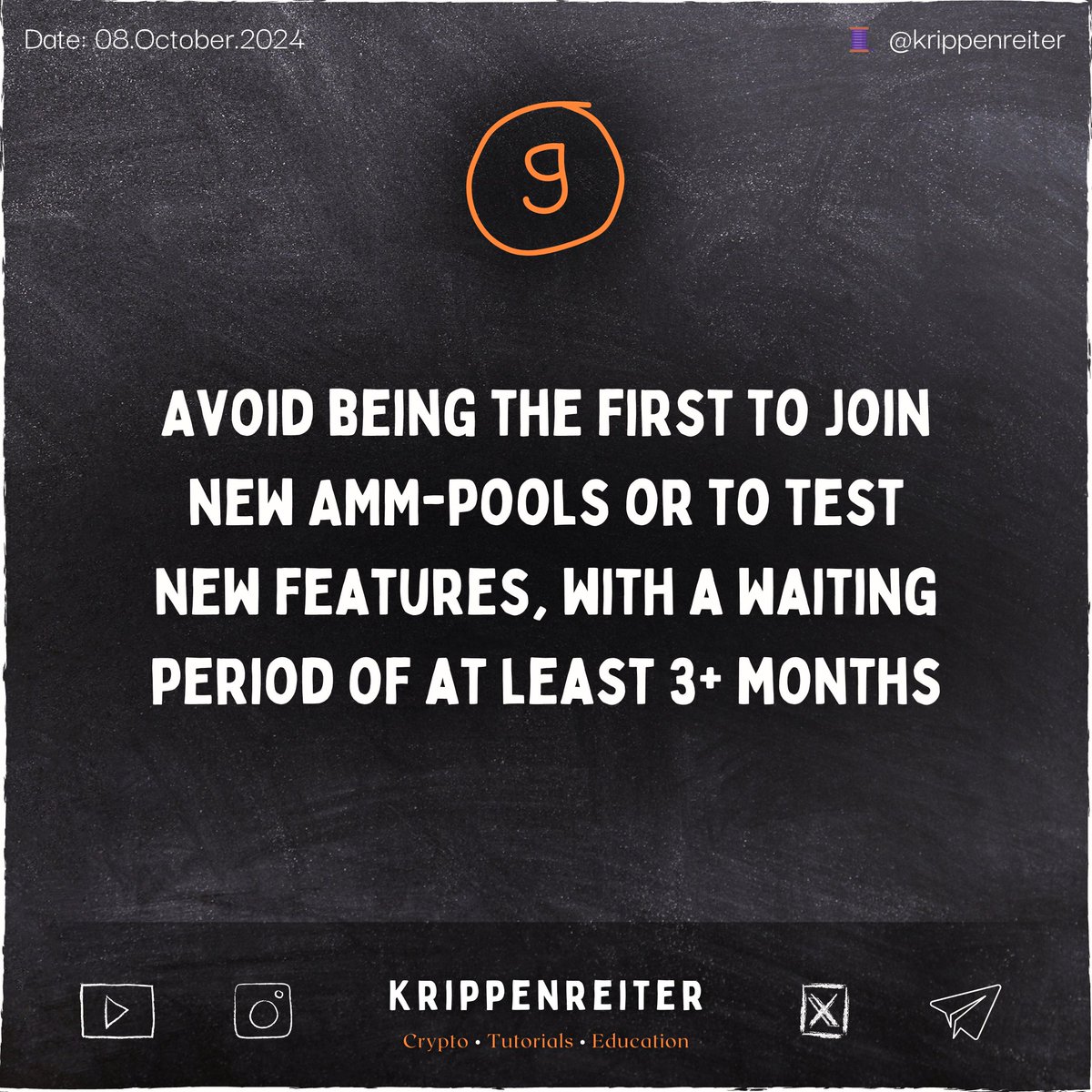[1/12] To understand what else is needed to create a financial future based on #blockchain technology, just consider what the #Interledger #Protocol was NOT designed to do. 😉
[A #Thread 🧵]
[A #Thread 🧵]

[2/12] 🤔 What problem does #ILP genuinely address?
Just like the #internet will never agree on a single #protocol to fix everything, the world will never agree on a single #blockchain or ledger [#DLT].
What must be resolved is:
🔹 Addressing
🔹 Fragmentation
Just like the #internet will never agree on a single #protocol to fix everything, the world will never agree on a single #blockchain or ledger [#DLT].
What must be resolved is:
🔹 Addressing
🔹 Fragmentation

[3/12] ❗️ To make it easy and #ELI5-friendly here is everything in one picture:
When Alice wants to send money to @bob_way, #ILP will perform all the heavy lifting so she doesn't have to worry about #wallet addresses (#PubKeys) and the like.
When Alice wants to send money to @bob_way, #ILP will perform all the heavy lifting so she doesn't have to worry about #wallet addresses (#PubKeys) and the like.

[4/12] So, to return to my original assertion.
What problem did #ILP not intend to solve?
🔹 Public Key Infrastructure [#PKI]
🔹 Identity [#DID / #SSI]
🔹 Liquidity Management [#DeFi]
What problem did #ILP not intend to solve?
🔹 Public Key Infrastructure [#PKI]
🔹 Identity [#DID / #SSI]
🔹 Liquidity Management [#DeFi]

[5/12] — 1⃣ — Public Key Infrastructure [#PKI] —
The following are the primary characteristics of a #PKI:
🔹 Creating ...
🔹 Distributing ...
🔹 Signing ...
🔹 Revoking ...
... digital certificates and public keys
The following are the primary characteristics of a #PKI:
🔹 Creating ...
🔹 Distributing ...
🔹 Signing ...
🔹 Revoking ...
... digital certificates and public keys

[6/12] — 2⃣ — Public Key Infrastructure [#PKI] —
Traditional #PKI's rely on a centralized third-party #certification authorities (#CA) for trust
With #DLT, this might all be a thing of the past, since all functionality can be implemented through #DLT & [non]-custodial #wallets.
Traditional #PKI's rely on a centralized third-party #certification authorities (#CA) for trust
With #DLT, this might all be a thing of the past, since all functionality can be implemented through #DLT & [non]-custodial #wallets.

[7/12] — 1⃣ — Identity [#DID / #SSI] —
Identity should be #decentralized, #sovereign, and #unified.
As a result, the solution should be based on the #W3C recommended framework for digital identification and include:
🔹 Holders
🔹 Issuers
🔹 Verifiers
Identity should be #decentralized, #sovereign, and #unified.
As a result, the solution should be based on the #W3C recommended framework for digital identification and include:
🔹 Holders
🔹 Issuers
🔹 Verifiers

[8/12] — 2⃣ — Identity [#DID / #SSI] —
There are various competitors in the space, but not all of them allow the #DID holder to remain self sovereign
@iota's effort comes the closest to a full-fledged solution.
For further details, read this paper 👇
🔗 files.iota.org/comms/IOTA_The…
There are various competitors in the space, but not all of them allow the #DID holder to remain self sovereign
@iota's effort comes the closest to a full-fledged solution.
For further details, read this paper 👇
🔗 files.iota.org/comms/IOTA_The…

[9/12] — 1⃣ — Liquidity Management [#DeFi] —
To understand how to control #liquidity, we must first define it. 👇
#Assets ▶️ e.g. #Commodities or Real Estate
#Security ▶️ e.g. #Stocks or #Security #Tokens
#Cash▶️e.g. #FIAT or #CBDCs
To understand how to control #liquidity, we must first define it. 👇
#Assets ▶️ e.g. #Commodities or Real Estate
#Security ▶️ e.g. #Stocks or #Security #Tokens
#Cash▶️e.g. #FIAT or #CBDCs

[10/12] — 2⃣ — Liquidity Management [#DeFi] —
If we assume that everything will be #tokenized in the future, we will require the following to maintain #liquidity:
🔹 #CLOB-based #DEX
🔹 #AMM-based #DEX
🔹 On-/Off-ramps (for now)
If we assume that everything will be #tokenized in the future, we will require the following to maintain #liquidity:
🔹 #CLOB-based #DEX
🔹 #AMM-based #DEX
🔹 On-/Off-ramps (for now)

[11/12] There is more to properly deploying #DLT to the masses than simply linking every value-ledger with #ILP.
The basic principles for "making it work" are also:
🔹 #Liquidity Management
🔹 Self Sovereign #Identity
🔹 Redesigned #PKI
The basic principles for "making it work" are also:
🔹 #Liquidity Management
🔹 Self Sovereign #Identity
🔹 Redesigned #PKI

[12/12] Thank you to everyone who took the time to read my 🧵 about #ILP and what is needed to transform the system to a #DLT-based future! ❤️
If you enjoyed the thread, please follow me:
@krippenreiter
Please feel free to contribute by sharing here 👇
If you enjoyed the thread, please follow me:
@krippenreiter
Please feel free to contribute by sharing here 👇
https://twitter.com/krippenreiter/status/1629584960112795649?s=20
@threadreaderapp unroll
@WKahneman @digitalassetbuy @Fame21Moore @sentosumosaba @BCBacker @X__Anderson @stedas @Kevin_Cage_ @AlexCobb_ @IOV_OWL 👋
— My most recent 🧵 on #ILP and what is needed to introduce #DLT to the masses —
— My most recent 🧵 on #ILP and what is needed to introduce #DLT to the masses —
• • •
Missing some Tweet in this thread? You can try to
force a refresh





















